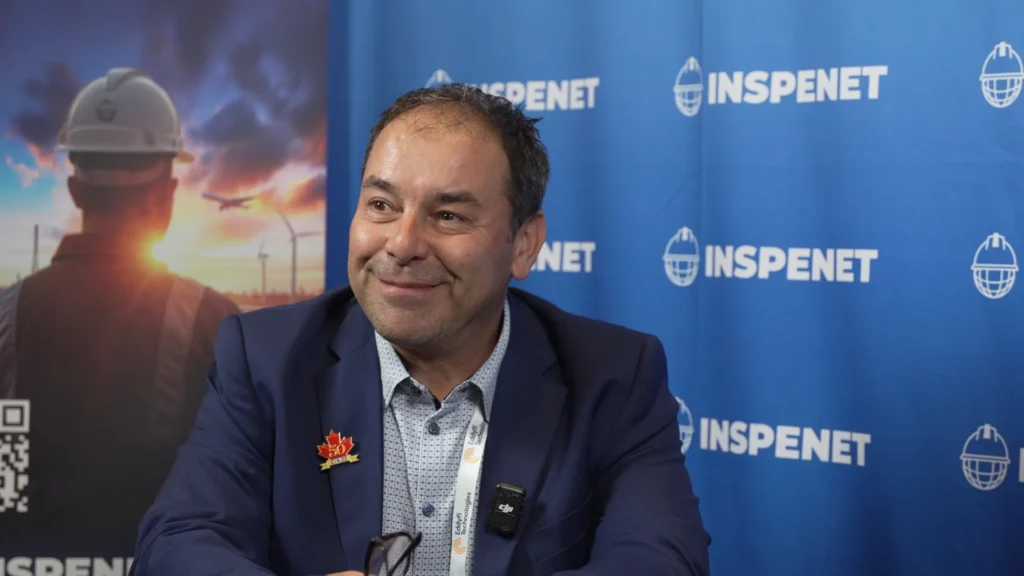As part of the ASNT 2025 event, focused on the industrial inspection sector, Ed Cabral, Senior Instructor at the Canadian Institute for Non-Destructive Evaluation (CINDE), shared his vision on the future of non-destructive testing, addressing the current challenges in training, attracting new professionals and technological adaptation.
During the conversation, Cabral outlined how organizations like CINDE are actively working to make NDT a more visible, modern industry aligned with the needs of the next generation of technicians and engineers.
The non-destructive testing are essential to ensure the integrity and safety of infrastructures, components and industrial processes without altering their physical properties. Methods such as ultrasound (UT), magnetic particle (MT), liquid penetrant (PT), radiography (RT) or eddy current (ET) are part of everyday life in sectors such as energy, transportation, manufacturing, construction and aerospace.
However, despite its impact on quality and industrial safety, NDT remains a little-known field among young people. According to Cabral, one of the biggest challenges today is the lack of qualified personnel, a situation shared by organizations in different regions of the world.
CINDE based in Canada, is a non-profit organization dedicated to technical and professional training in the area of non-destructive testing. Although it does not grant official certifications, it acts as a Registered Training Organization (RTO) and is recognized for its practical approach and its role as a national and international promoter of NDT.
For more than 50 years, CINDE has been offering educational programs, written and practical examinations authorized by institutions such as the Canadian Welding Bureau (CWB) and the Natural Resources Canada (NRCan). It also collaborates with the Canadian Nuclear Safety Commission (CNSC) and other entities.
In Cabral's words, "CINDE is like a sister organization of ASNT. We don't certify, but we train and give visibility to NDT, promote ideas, technologies and international collaboration".
One of the central ideas shared by Cabral was the urgent need to attract new generations to the NDT world. Although there are programs, methodologies and resources to train technicians, the problem is that "people are not coming".
The expert sums it up: "We have the tools, the ideas are good, but it's not enough. We need to attract young people more strongly. And to do that, we have to connect with them in a different way".
Cabral stresses that a career in NDT can be completed in less than two years and offers opportunities for high salary, job mobility and a sense of purpose. "I have students who after four years of college feel more fulfilled with 18 months of technical training at NDT. And they earn more than twice as much."

Another crucial point is how technology can become an ally of the sector; against common fears about replacing humans with machines, Cabral puts forward a more integrative view: artificial intelligence and automation should collaborate with NDT inspectors and trainers, not replace them.
"The perception that AI is going to take our jobs is wrong. It is a tool. A drone equipped with sensors can go where we can't, protect lives and generate real-time data that a human interprets."
Cabral explained.
This means that new profiles in the sector must be prepared not only to operate traditional equipment, but also to interact with intelligent systems, robots and predictive analysis platforms. Technical training must evolve, and to this end CINDE is incorporating content that integrates these new technologies into practical training.
CINDE goes beyond training to also engage in outreach. The organization promotes awareness and visibility initiatives both in Canada and in international forums, with the clear objective of getting more people to discover that non-destructive testing represents a viable, well-paid and rapidly employable career option.
Finally, Cabral emphasized the importance of collaboration between sister societies such as CINDE and ASNT which have created common spaces to share ideas on training, innovation and talent recruitment.
In an era where technology is changing fast and younger generations are looking for purpose and stability, nondestructive testing may be the answer. But to achieve this, a joint effort between educational institutions, companies, technical organizations and governments is needed.
For more content about ASNT 2025, please visit our LinkedIn profile.
Source: Inspenet.